Matsumura H.080532420, 0805358013, 0805370269
This book has evolved out of a graduate course in algebra I gave at Brandeis University during the academic year of 1967-1968. At that time M. Auslander taught algebraic geometry to the same group of students, and so I taught commuratire algebra for use in algebraic geometry. Teaching a course in geometry and a course in eommutative algebra in parallel seems to be a good way to introduce students to algebraic geometry. Part I is a self-contained exposition of basis concepts such as flatness, dimension, depth, normal rings, and regular local rings. Part II deals with the finer structure theory of noetherian rings, which was initiated by Zariski (Sur la normalit6 analytique des vari6t6s normales, Ann. Inst.Fourier 2 1950) and developed by Nagata and Grothendieck. Our purpose is to lead the reader as quickly as possible to Nagata’s theory of pseudo-geometric tings (here called Nagata rings) and to Grothendieck’s theory of excellent rings. The interested reader should advance to Nagata’s book LOCAL RINGS and to Grothendieck’s EGA, Ch. IV. The theory of multiplicity was omitted because one has little to add on this subject to the lucid expositoh of Serre’s lecture notes (Algebre locale. Multiplicite, Springer-Verlag). Due to lack of space some important results on formal smoothness (especially its relation to flatness) had to be omitted also. For these, see EGA. We assume that the reader is familiar with the elements of algebra (rings, modules, and Galois theory) and of homological algebra (Tot and Ext). Also, it is desirable but not indispensable to have some knowledge of scheme theory. | |
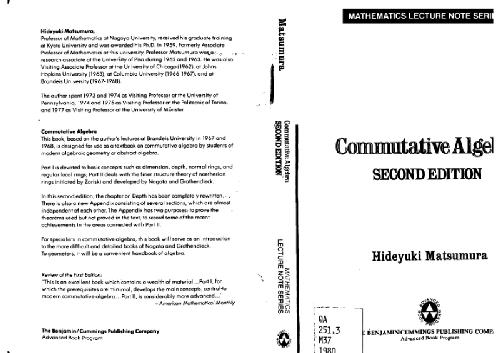
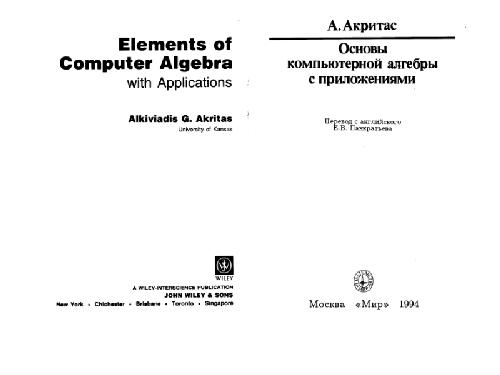
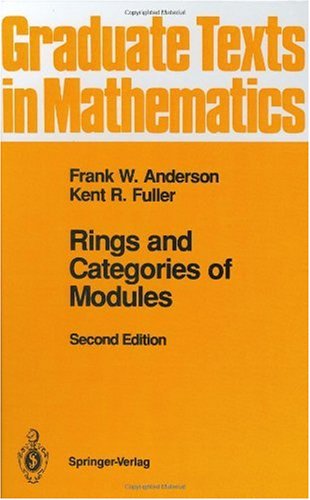

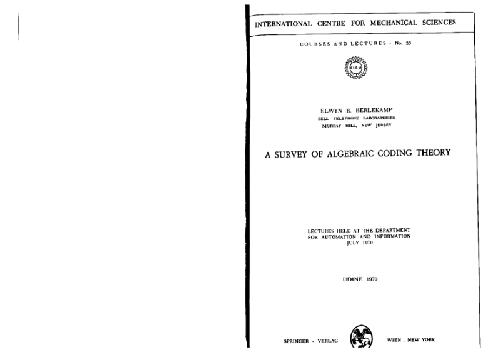

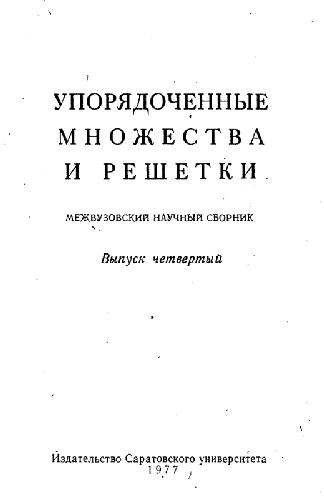
Reviews
There are no reviews yet.